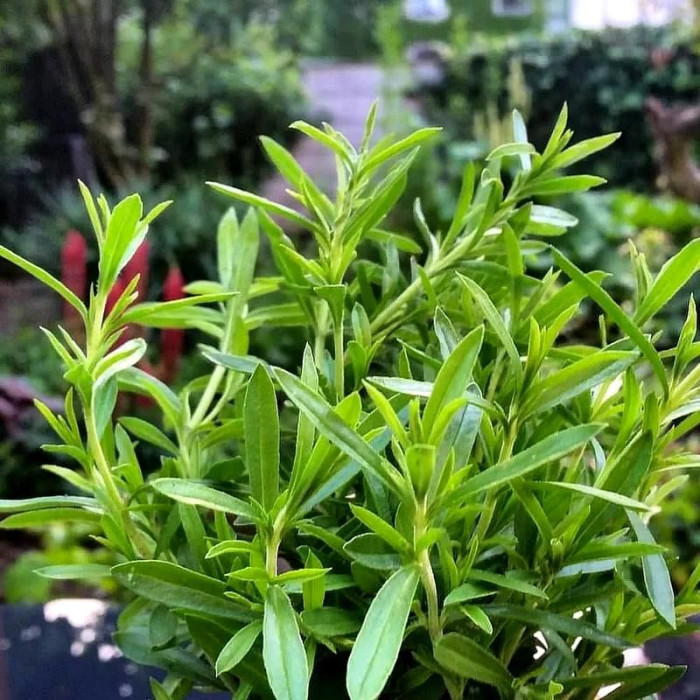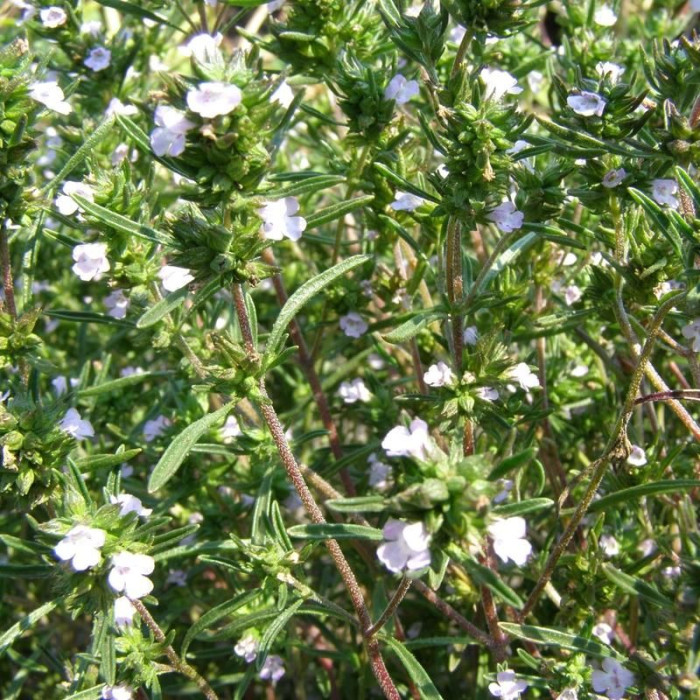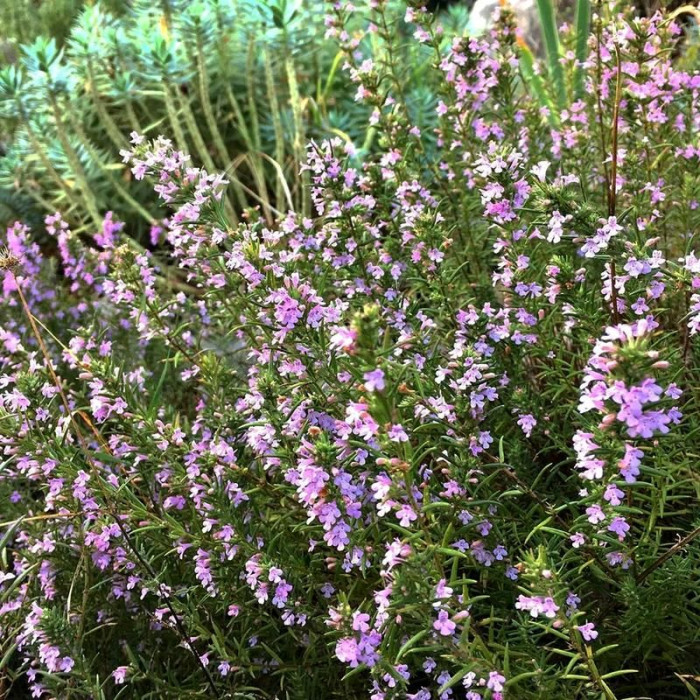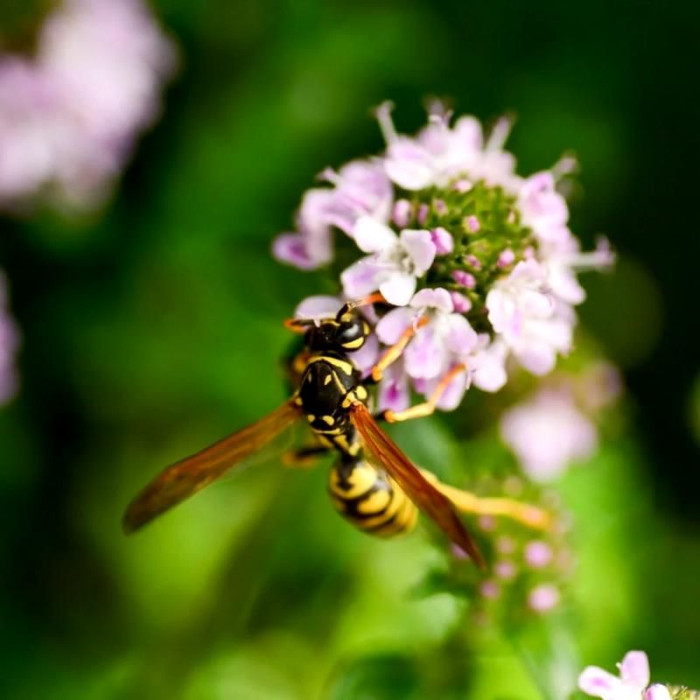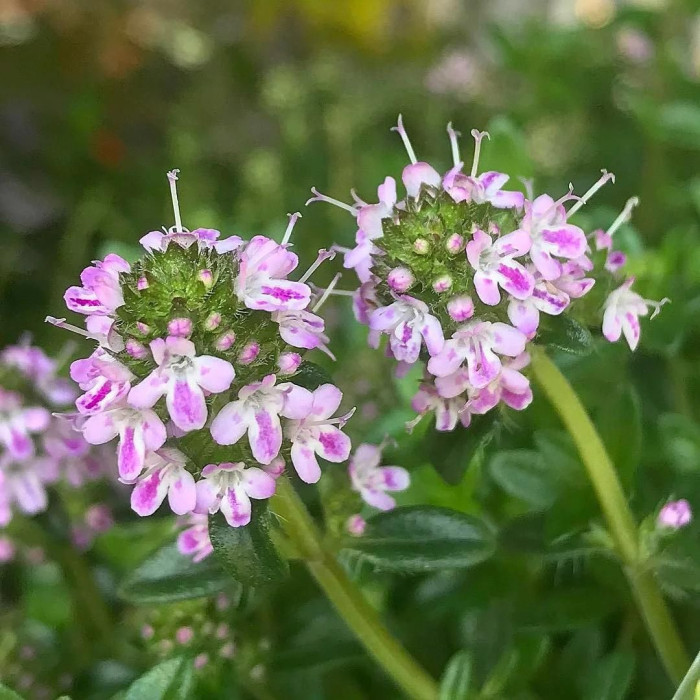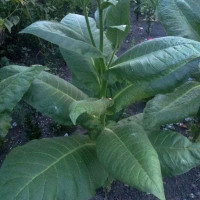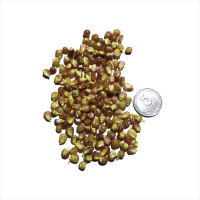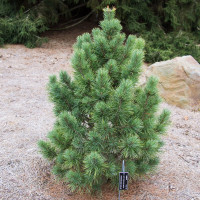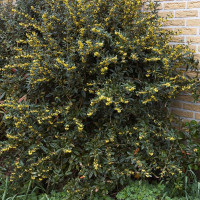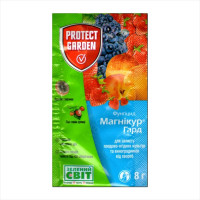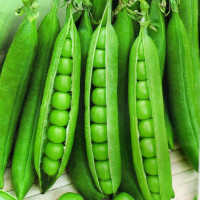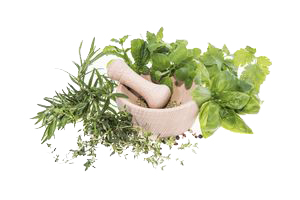Summer savory «Oster» / Satureja hortensis - early ripening, the beginning of economic suitability is 12 - 14 days after mass germination. Productivity is high. Suitable for mechanized cultivation, ripens smoothly. The bush is semi-closed, the plants are 37 - 39 cm high, diameter - 29 - 32 cm. The leaf is lanceolate, dark green with a significant angocyanin tint. The flowers are small, 2-3 mm, light pink.
The leaves have a strong pleasant aroma. Can be used fresh, as well as as a seasoning for salads, soups, fish, mushroom and meat dishes, and for pickling cucumbers and tomatoes.
In medicine, savory is used for kidney disease, liver disease, diabetes, and also as a remedy that relieves pain and increases appetite.
The herb contains up to 2% essential oil, the main components of which are carvacrol, cymene, borneol, cineole, pinene and other terpenes. In addition, it contains tannins, carotene, rutin, vitamin C, tannins and resins.
Young shoots of this plant cut before flowering are used as a spice. Young leaves can be picked daily as a seasoning, but dried savory is an excellent strong spice. Savory greens are very fragrant and slightly reminiscent of hot pepper.
Young branches can be sprinkled on croutons with cheese and added to salted liver. Dried leaves are considered the best seasoning for dishes made from beans, peas and other legumes. Savory gives an interesting taste to tomato sauces, stewed vegetables - cabbage or eggplant, and fried potatoes. Savory is also suitable for mushrooms.
In medicine, it is used as part of herbal preparations for flatulence, diarrhea, and for stomach and intestinal spasms. The main effect of the infusion of its herbs is antispasmodic, bactericidal, astringent. Widely used for gastrointestinal diseases, it is also believed to have an anthelmintic effect. Essential oil is obtained from it, and the pharmaceutical industry prepares medicinal teas and tinctures.

No questions about this product, be the first and ask your question.


